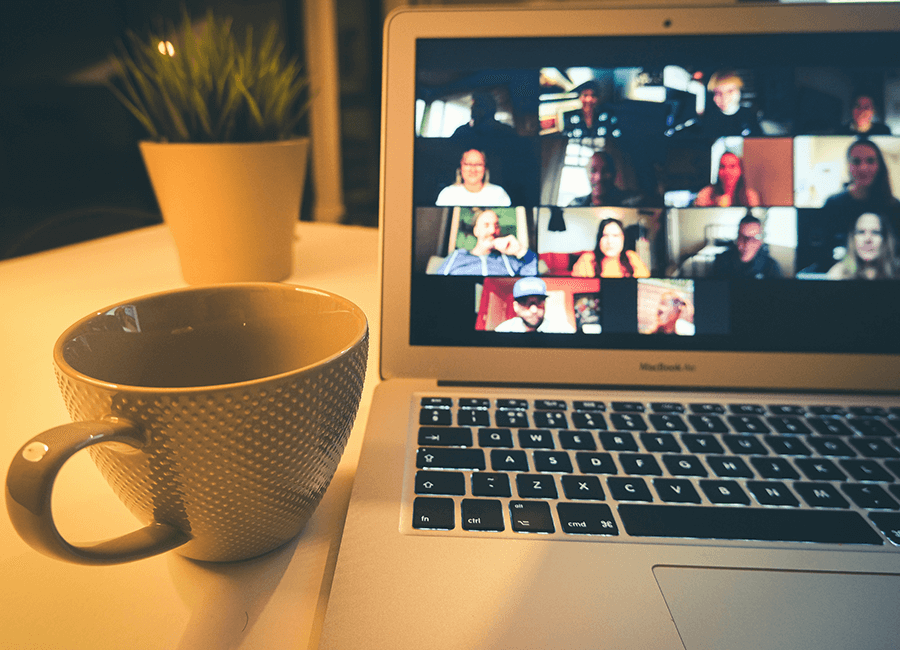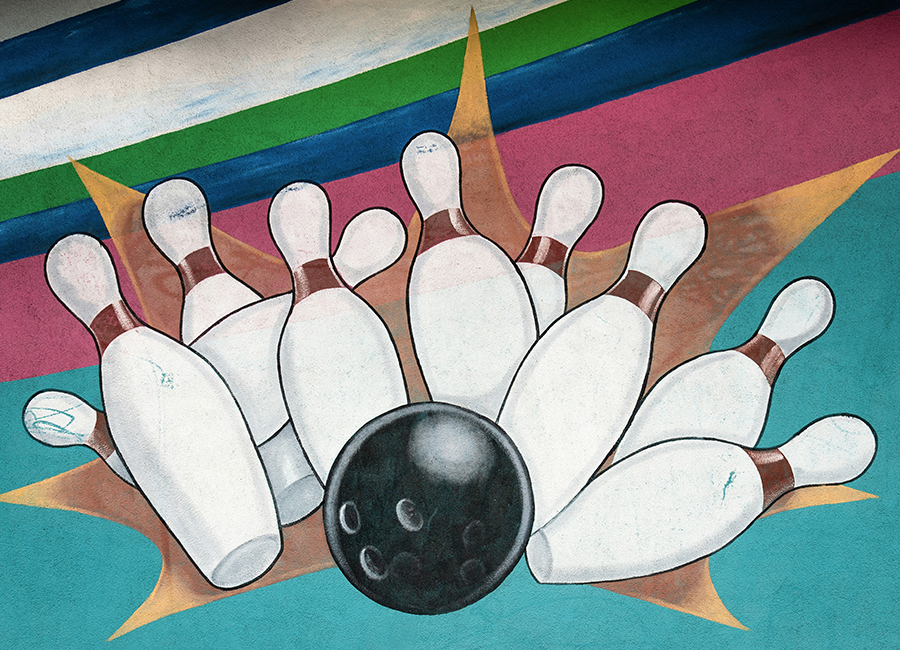Behaviour economics is the study of the psychological and behavioural variables involved in the decision making process of consumers. Over time behavioural economic experiments have identified a range of decision making biases commonly observed in Western societies. At the route of these biases is, for want of a better word, is our ‘gut’; a lifelong catalogue of internalised experiences based on which our brain makes instinctual judgements.
We make these instinctual judgements sometimes because they are just easier to make (we’ve formed a habit or the decision important enough to warrant a lot of cognitive effort) and sometimes because we have such a strong emotional response to the stimulus or circumstance, it over-rides any desire to process logical information (if I offered you a chocolate bar for £1.00 there is a logical payment barrier – if I offered it to you for free, you love chocolate so what is to stop you right?)
Behavioural Economics: The Researcher's Friend
What this means for researchers is that decisions aren’t always driven by the logical, ordered or even conscious mind and we need to bear this in mind when we ask questions – the smallest of changes can have a dramatic impact on unconscious response. In this respect behavioural economics is a researcher’s friend, in appreciating the bias that exists; we can accommodate it for genuine powerful insight.
| Tweet This | |
| "Behavioural economics is a researcher's friend: in understanding the bias we can account for it" |
Top 4 Behavioural Economic Market Research Applications
Applying behavioural economic theory to market research can feel pretty daunting. Avoiding the bias can appear complex, and the potential impact of any small change you make to your study can have a huge effect on the results, so to help you on your way, here are 4 key applications of behavioural economics in market research.
1. Habit
When researching decision making, we need to be careful not to over intellectualise the process. We may be able to produce survey results that tell us that a new product is going to go down fantastically well in the market – because we have asked potential customers to give the product a thorough evaluation and they love it, but are we really getting to the heart of the decision making process?
Even in traditional psychology theory the best predictor of future behaviour is past behaviour – so to help predict product success we need to understand the value of a product to the consumer within the context of their current purchasing environment. We need to be able to say that the product proposition differs significantly enough from its competition to challenge habitual buying behaviour. Is the new restaurant dish tempting enough to switch from that regular Sunday Roast for example? Is the new washing powder going to sell on a shelf next to the reasonably priced and reliable brand of choice?
The power of habit is not a new revelation for insight teams but behavioural economics has offered a new way of understanding and exploring it. It challenges us to think more about replicating the decision making process and less about asking consumers to evaluate rationally as the real life decision is much more automatic.
2. Priming
Experiments in behavioural economics have shown consistent patterns in the way we process information, and that a small change in the way we present information can have a large impact. Priming refers to a process whereby particular associations are activated from your memory just before you carry out an action. So, you might be driving along the motorway and start to feel hungry – you see the golden arches of the MacDonald’s restaurant and this then primes you to think ‘burgers’ for lunch.
Done right in research, priming produces powerful results. We can use priming to put the customer at the point of purchase psychologically for example - If we are asking about the appeal of a new restaurant dish, we might show research participants pictures of the restaurant in a prior question to put them in mind of placing a food order and trigger associations with previous dining experiences.
But we need to be mindful of how we may inadvertently ‘prime’ responses too. Imagine a project surrounding new potential branding colours. In our exploration of each colour, we need to understand all of the target market associations it triggers. Previous tasks, images shown, even the wording of a preceding question can affect responses so it’s advisable to keep the exploration simple and independent. We’d use a quick open poll and generate an instant word cloud.
| Tweet This | |
| "Researchers must be mindful of the 'priming' effect on participant response" |
If you’d like to read more on priming take a look here: Put a Pencil in your Mount – The Power of Priming.
3. Nudges
A ‘nudge’ in the right direction can have a huge impact. The most classic example of the ‘nudge’ in action is that of the default option. Changes to organ donation policy are often quoted in this regard. The countries that have moved from opt-out as a default to opt-in have seen large increases in the number of organs made available - a small change with a tremendous effect.
Researchers are in a unique position to explore the influence of even the tiniest minutia in order to support brands and organisations with their success. By testing the impact of small changes we can identify the one that makes the big difference.
4. Choice Matters
More than one behavioural economic principle is concerned with the impact of choice – the number of options you present and the way in which you present them can change the response you get enormously. There are two important factors to take away from this as a researcher:
- If you overload your participant with choice they will ignore what they can’t cope with and give you responses based on what they can.
- Choices are much easier to make relative to other offers than on their own.
One of the most interesting biases that has been observed in terms of the impact of choice on decision making is the decoy effect. The decoy effect found that if you present the price point of a product in relation to one other, respondents will most likely select the cheaper of the two as their preference. But, if you present a price point in relation to two others (the additional product being more expensive again) the majority of your respondents will select the middle price point which was the more expensive of the two in the first scenario.
On a very practical level as researchers we need to ensure accurate mimicking of their likely product choice scenario - not throw in a decoy that makes a product appear better value perceptually. We also need to be careful not to overload participants with too many choice options at once. Both actions will result in inaccurate insight.
In Summary
Behavioural economics provides researchers with a wealth of evidence to support specific and considered exploration of the impact of micro changes. It also cautions the researcher to keep it simple, straight forward and to stay true to the way we operate in our daily lives. There is a great interview with a prominent scholar in the area here if you’d like to know more: How to apply behavioural economics in market research: Advice from Dan Ariely.

















